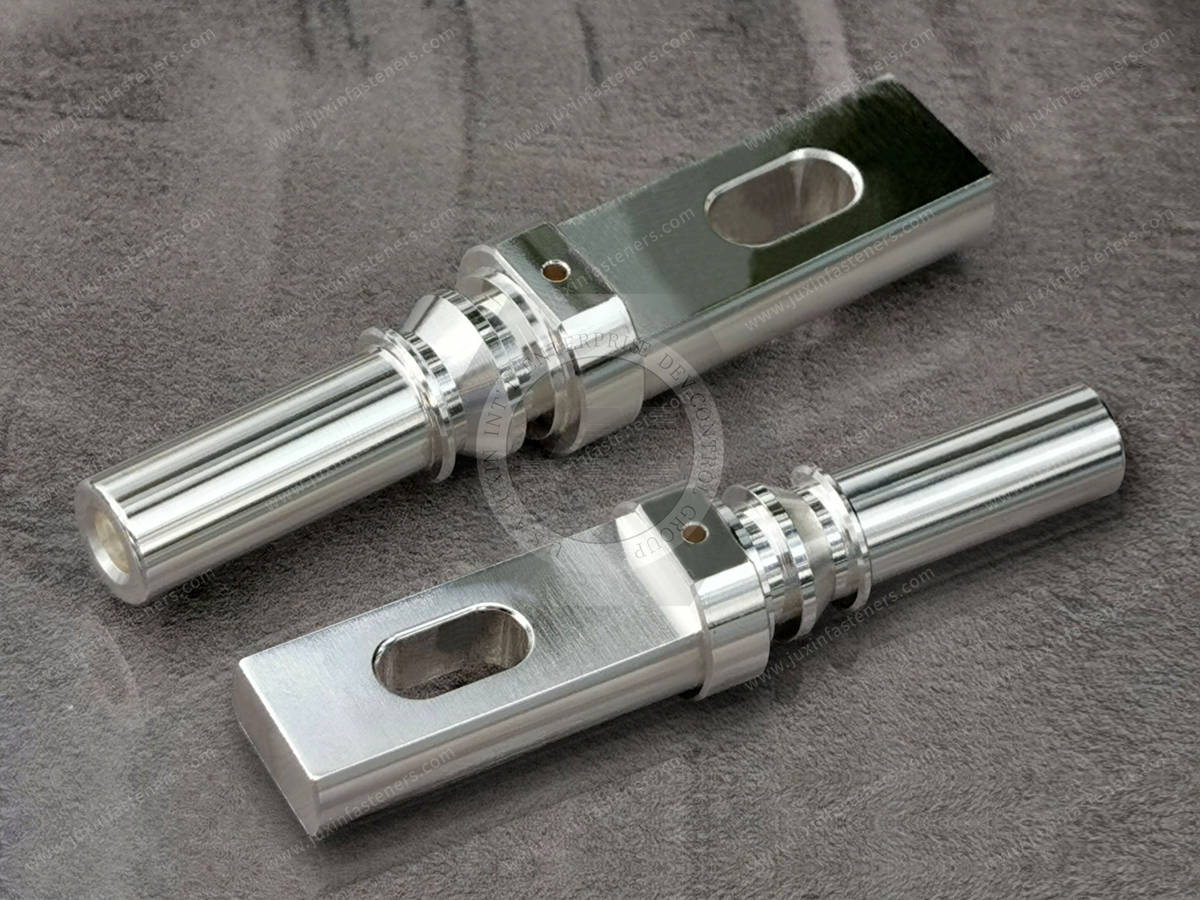Call Us
+86 136 6007 9809
Call Us
+86 136 6007 9809
Material: Brass, Surface treatment electroplating environmental protection ROHS bright chrome
Product Specification
CNC machining center is also a relatively large type of machine tool. It is designed for some large parts. The technical points of this machine tool for processing copper parts.
1, chips and other by-products are easy to adhere to the insert, affecting the processing effect and service life of the tool, and should be cleaned up promptly.
2, when processing copper alloy, the cutting speed increases, the cutting force decreases, and the deformation factor decrease.
3, its deformation has little effect on machining accuracy and machining temperature, and it is easy to cause geometric expansion of copper.
4、When the workpiece is processed, the surface is easy to produce water lines and noise.
Copper alloys can be machined using a variety of technologies. CNC milling is an automated machining process that uses computer control to manage the movement and operation of multi-point rotary cutting tools. As the tools rotate and move over the surface of the workpiece, they slowly remove excess material to complete the desired shape and size. Milling can be used to create different design features such as recesses, notches, grooves, holes, slots, contours, and flat surfaces.
Some tips for CNC turning copper or copper alloys:
1. Set the tool edge angle in the range of 70° to 95°
2. Softer copper that is susceptible to smearing requires a tool edge angle of approximately 90˚
3. Constant depth of cut and reduced cutting edge angle will reduce stress on the tool and increase tool life and cutting speed
4. Increasing the angle between the main cutting edge and the secondary cutting edge (tool clamping angle) allows the tool to be subjected to higher mechanical loads and results in lower thermal stresses
Design Considerations: There are a variety of factors to consider when designing parts for machining with copper. In general, you should only use copper when necessary because copper is expensive and it is not usually necessary to produce the entire part in copper. A good design can utilize a small amount of copper to maximize its unusual properties.
The automotive industry takes advantage of the very uniform layer of chemical nickel plating and uses the chemical plating process for the protection of complex-shaped parts such as gears, radiators, and oil injectors. Aluminum radiators plated with a chemical nickel layer of about 10um have good brazing properties.
Chemical nickel plating on injectors can provide good resistance to fuel corrosion and wear. Fuel corrosion and wear can lead to enlargement of the injection holes and therefore the amount of fuel injected, making the horsepower of the car engine design standard and accelerating the damage of the engine. An electroless nickel plating layer can effectively prevent fuel injector corrosion and wear, and improve the reliability and service life of the engine. Automotive industry the application of chemical nickel plating is a good solution to the problem of pigments such as gasoline and promotes the development of the automotive industry, in addition to performance, to solve the corrosion of the fuel system, the automotive industry can use chemical nickel plating as a carburetor, protecting its surface. High hardness and good wear resistance. The hardness of the electroplated nickel layer is only l60~180HV, and the hardness of the chemical nickel plating layer is generally 400~700HV, the hardness of the chromium plating layer, so the wear resistance is good, the rarer is the chemical nickel plating layer has both good corrosion resistance and wear resistance performance. Electroless nickel plating elaborates on high chemical stability and good bonding of the plating. In the atmosphere and other media, the chemical stability of the chemical nickel plating layer, the chemical stability of the electroplated nickel layer. Good bonding with the usual steel, copper, and other substrates, bonding of electroplated nickel layer and substrate.
Chemical nickel plating analysis, due to the different amounts of phosphorus (boron) contained in the chemical nickel plating layer and the post-plating heat treatment process, the physical and chemical properties of the nickel plating layer, hardness, corrosion resistance, wear resistance, electromagnetic properties, etc. has a colorful change, which is rare for other plating types. The industrial application and process design of electroless nickel plating have the characteristics of diversity and sex.
Product Packaging
Packing: Inner is Poly foam, out is carton. Then pallet. Carton size: 29*19*19.5CM and 23.5*17.5*8, CM and pallet size is: 215*100*90CM, or as your requirement.
Product Pictures

Packing for CNC Brass parts:
1. Usual packing: By pearl cotton/bubble bag/plastic wrap + carton box, 0.5-10kg/carton box.
2. Special packing(for large part/large quantity order): By pearl cotton/bubble bag/plastic wrap +carton box+wooden box.
3. As customers' requirement for CNC aluminum parts
Contact Us
Tel.:
+86 020 8621 0320
+86 020 3121 6067
Technical Support:
Navigation
SEND INQUIREY